
If you're feeling overwhelmed by today’s fragmented marketing landscape, you’re not alone.
No time to read? Watch our video overview:
It can be hard to know how to move forward when it seems like every few minutes, there’s a new network, a new trend, or a new tool we’re all supposed to be using. Let’s take a quick look at just how much fragmentation has happened in the recent past:
- A decade ago, if you had a website, a newsletter, and one social media account you used daily, you were doing well. Throw in some pay-per-click ads, and you were set.
- Five years ago, you needed a website, a newsletter, multiple social media accounts, a YouTube channel, pay-per-click ads, a messaging app, and maybe a podcast. Throw in an online course for bonus credit, and you were in good shape.
- Today, there are even more options: a website, a newsletter, a Substack, a Medium account, multiple social media accounts (now with shorts, vertical video, and other ways to post), new social media platforms (BeReal, BlueSky, Threads), a YouTube channel, a TikTok account, a Discord, a Patreon, a podcast, course, chatbot, messenger app, plus influencer marketing and pay-per-click ads…
Are you exhausted yet? We are. But these aren't our only challenges.
Challenges in a Fragmented Marketing Landscape
Having more choice is great for users. But it’s incredibly challenging when you’re trying to prospect and build a brand. But that’s not the only thing making marketing more challenging:
- Diminishing attention spans. If it seems like our attention span as a society is fragmenting, well, it is. In 2016, the average Twitter trending topic remained a trend for about 11.9 hours. By 2020, that time was down to 11 minutes…and is still on the decline. (Source: WeAreSocial)
- Reduced trust in media. Attention isn’t the only thing diminishing. Trust in media of all types is also on the decline, according to Reuters Institute’s Digital News Report 2023.
- Changing generational preferences. While Boomers, Gen X, and older millennials are well-versed in searching Google for answers to questions and products to buy, Gen Z gets most of their information elsewhere. In 2022, a senior VP at Google shared data that indicated nearly half of Gen Z use TikTok or Instagram instead of Google Maps or Google Search. (Source: NBCNews.com) We may be heading toward a world where the web presence we’ve built so carefully over the past couple of decades means nothing to our newest customers.
- AI explosion. The rise of AI-assisted apps means we’re going to compete against more content…a lot more. Our competition now includes AI-generated influencers who aren’t real, but command hundreds of thousands of followers...or more. As of late 2023, AI influencer Miquela has 3+ million Instagram followers. And for people who use AI to generate content under their personal brand, it’s now easier than ever. In fact, in October of 2023, SEO expert Julian Goldie used AI to publish 2,552 articles in 23 minutes. In a world where anyone can access and use these tools to produce as much content as (in)humanly possible, how does anyone stand out? Is it even possible anymore?
All these facts raise troubling questions: How are we supposed to reach our prospects? And how are we supposed to manage this kind of workload when marketing takes more and more time?
Take Stock in Order to Take Control
It’s easy to get overwhelmed unless we put these changes in perspective.
The world’s not ending.
But it is changing.
So instead of thinking of this as something designed to frustrate you, try to embrace it as a chance to reinvent yourself and your business. Or to recommit to your current clients and marketing strategies.
In fact, the fractured marketing landscape is actually a positive thing if you put the right spin on it. There are so many options now that it’s impossible to be everywhere and do everything. So take that pressure off yourself right now.
From here on out, there’s only one way to move forward: your way.
But how do you create that way forward?
Try making an ikigai diagram. An ikigai diagram is a visual representation of four things: what you love to do, what the world needs, what you can be paid to do, and what you’re good at. Where these four circles overlap is your best bet for both profitability and enjoyment.
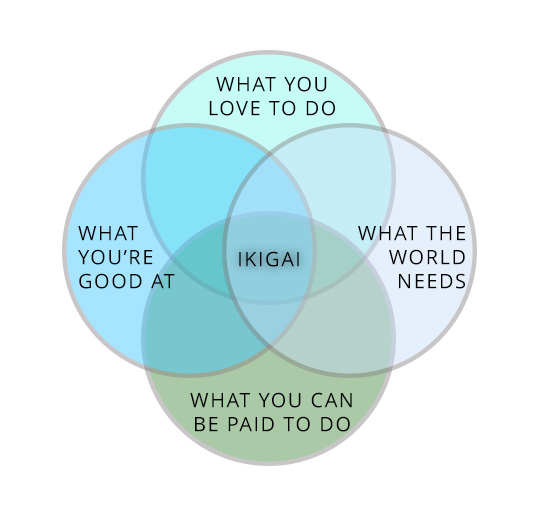
Chart a Course Forward in a Fragmented Marketing Landscape
With all the marketing options out there, you have to be very intentional in what you choose to spend time on. You may want to give up some things you’re currently doing that aren’t worth your time, and double down on the ones that feel right and that you can do consistently.
Start by asking a few hard questions:
- Where do I currently spend my marketing time & budget?
- Of these tasks, what do I actually enjoy?
- Of these tasks, where do I see the biggest return on investment?
- Of these tasks, where do I see the highest engagement with clients or prospects?
First, identify the marketing tactic with the biggest ROI. Even if you don’t enjoy it, you should probably keep doing this – at least until some other strategy overtakes it as your most profitable. For now, you want to keep that momentum going, whether that’s attending conferences, running Google pay-per-click ads, or posting to your YouTube channel.
Next, identify the marketing tactic you actually enjoy. Consider keeping that in your strategy – even if it doesn’t bring the revenue you’d like. If you enjoy it, you’re more likely to stick with it. Look for ways to tie this marketing tactic to your most profitable one – can you connect the two efforts to increase this strategy’s profitability? We’ll go over a few ideas below.
Finally, take a look at all the other marketing strategies in your overall plan. For tasks that don’t create a substantial return on investment, why keep doing them? What else could you try if you free up that time?
In this situation, many people fall victim to the “sunk cost” fallacy – “I can’t give up now, I’ve already spent so much time and so many dollars on this project.” But consider the fact that this fallacy is also referred to as the Concorde fallacy, thanks to the famous jet.
The British and French government financed the Concorde as a commercial enterprise for 27 years, none of which could make the project profitable. What else could those countries have done with all that cash? What could you be doing with the time and money you’re sinking into marketing that’s just not working?

Don’t let the sunk cost fallacy ground your marketing efforts the way it grounded the Concorde. Image by cwi.aida, CC BY-SA 3.0, via Wikimedia Commons.
Marketing Ideas for 2024 and Beyond
Now that you’ve freed up some space in your marketing time and budget, make a list of potential new tactics to try. The cold, hard truth is that even if you don’t want to try something new, you should. If that’s where prospects are and you want to convert prospects to buyers, you have to find a way to put yourself where they are.
The good news?
Sometimes you can put yourself where those prospects are without diving into the deep end.
Sometimes all it takes is a minimum of effort to reap enough benefits to make the strategy profitable without taking over your life. You just need to use a little creative thinking to find back-door ways into markets or platforms where you’d rather rent than buy, so to speak.
Here are a few ideas for expanding your marketing strategies:
- Work with an influencer. Don’t want to start a TikTok channel? You don’t have to – but you can still be visible on it if you hire an influencer to make occasional videos about life insurance. Yes, this costs money, but unless you want to learn to make TikTok videos yourself, think of it as paying to get that time back in your day. Check out our post on using TikTok for research…these steps also apply to finding influencers in your niche.
- Be a guest on podcasts. Don’t want to start a podcast? You don’t have to – but you can appear on other people’s podcasts to tell their audience a story about life insurance. Not sure what to say? Use our tips to create attention-grabbing stories, then check out our post about how to be a podcast guest.
- Focus on referrals, cross-sells, and up-sells. Want to do less social media and digital prospecting? Focus on your existing clients. You already have a proven way to reach them, whether it’s by phone, email, your newsletter, annual review, Facebook group, or any other group you’ve set up for them. Double down on this connection, and see what happens when you use the insurance matrix to grow your business instead of endless prospecting.
- Try paid ads on social media networks. Don’t want to post all the time? You don’t have to – you can use paid ads to reach that network’s users. Yes, this may involve taking a course to learn how to do it yourself, or hiring a company or freelancer to do it for you. But if what you’ve been doing on social isn’t working or you’re just tired of it, give something new a try.
- Hire an assistant to repurpose content. Don’t want to spend half the day wrangling your digital marketing? You don’t have to. In a few hours a week, an assistant can take pages from your website, break the content down into bite-sized pieces, and blast them out on social media with images and video. Check out part one of our three part guide on repurposing content to get some ideas. If you can train this person to do the things listed in that series, more the better. But if you need their expertise to guide you, expect to pay more. Start small, with a few hours a week. If it works, you can scale it up. If not, you can change networks, tactics, or even assistants. You’re still free to do what you do best - sell life insurance.
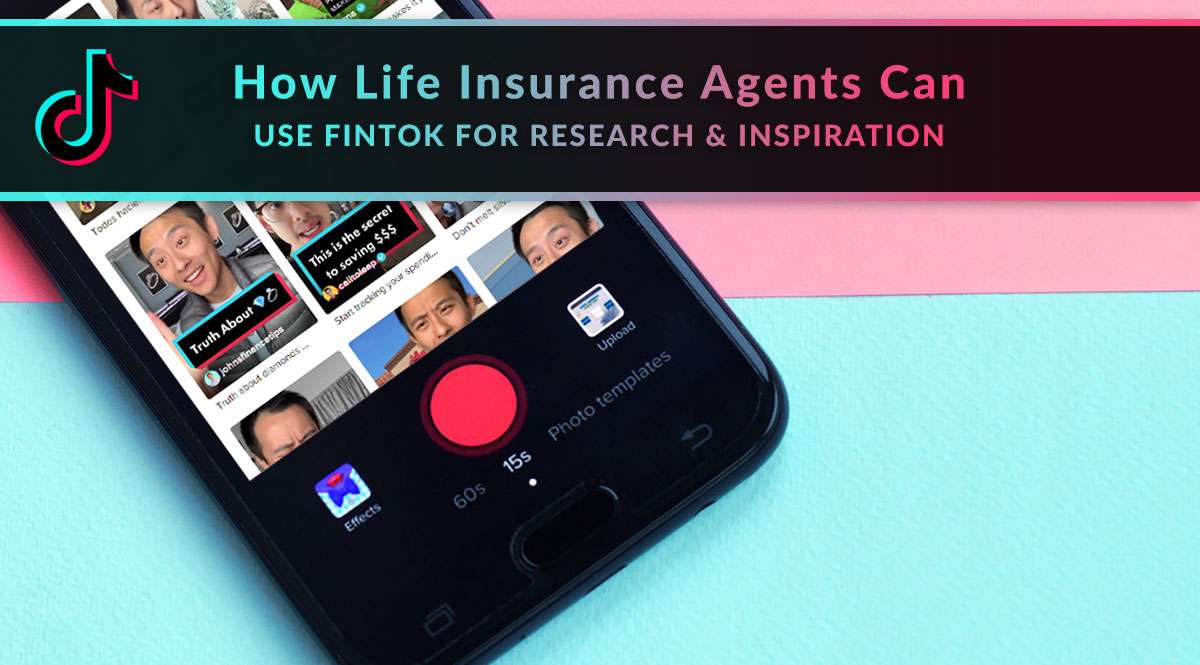
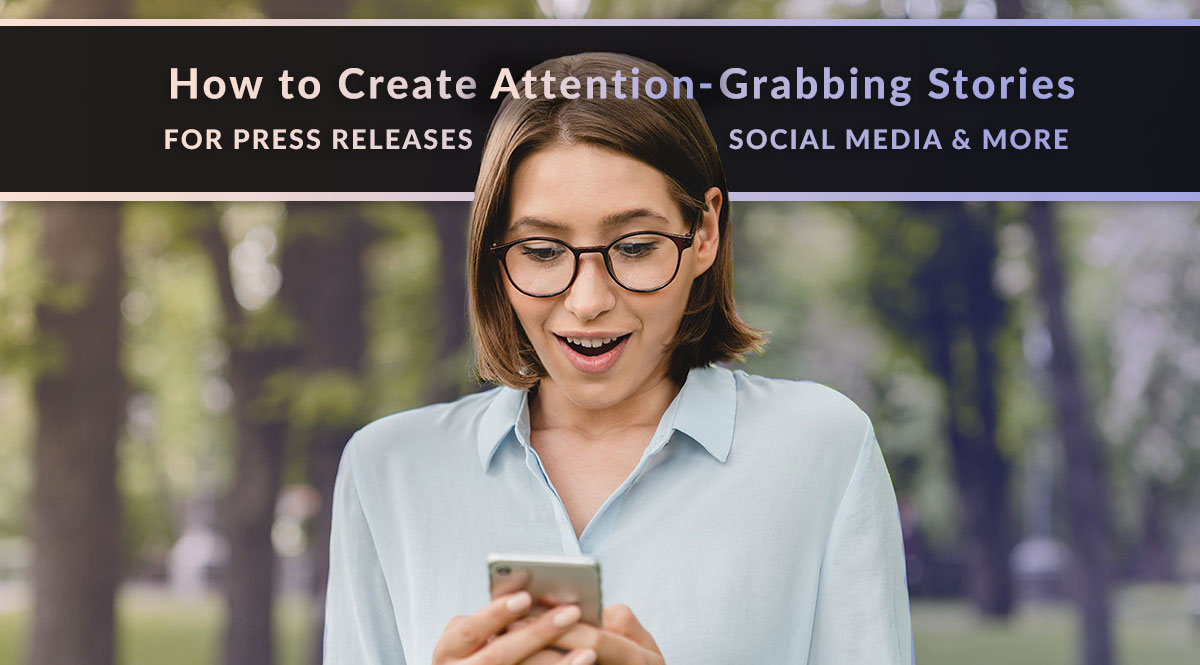
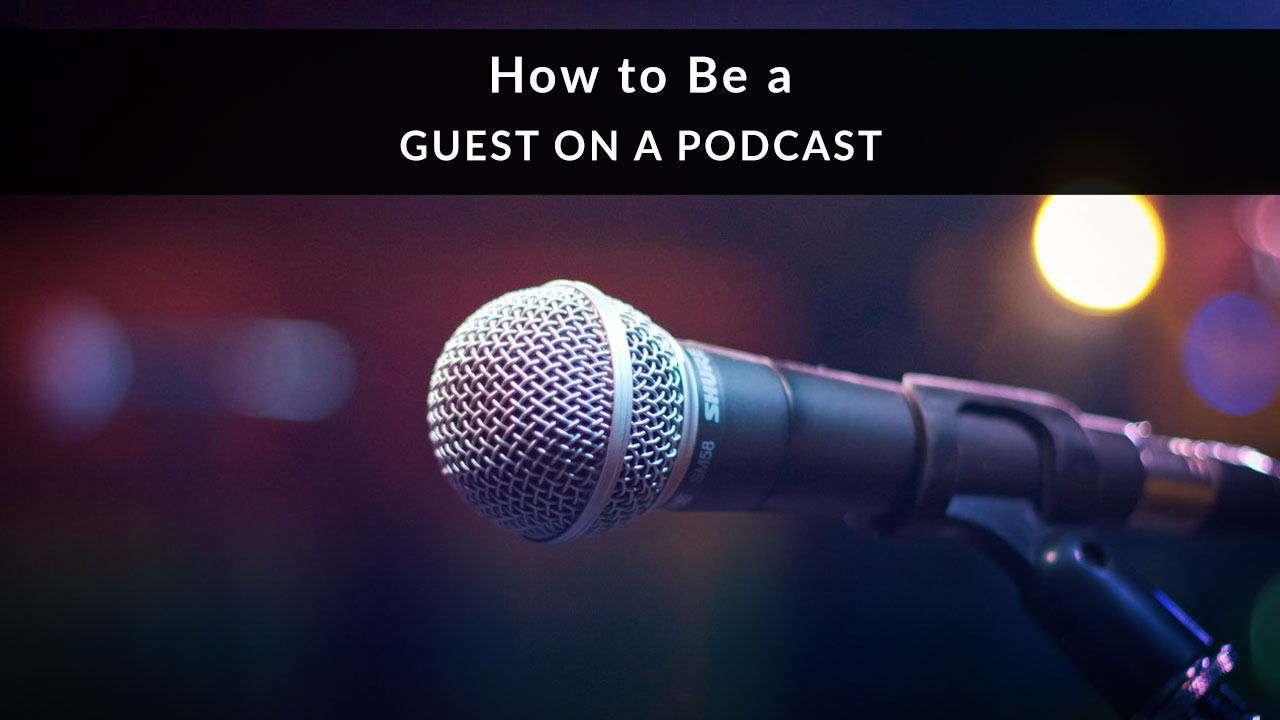

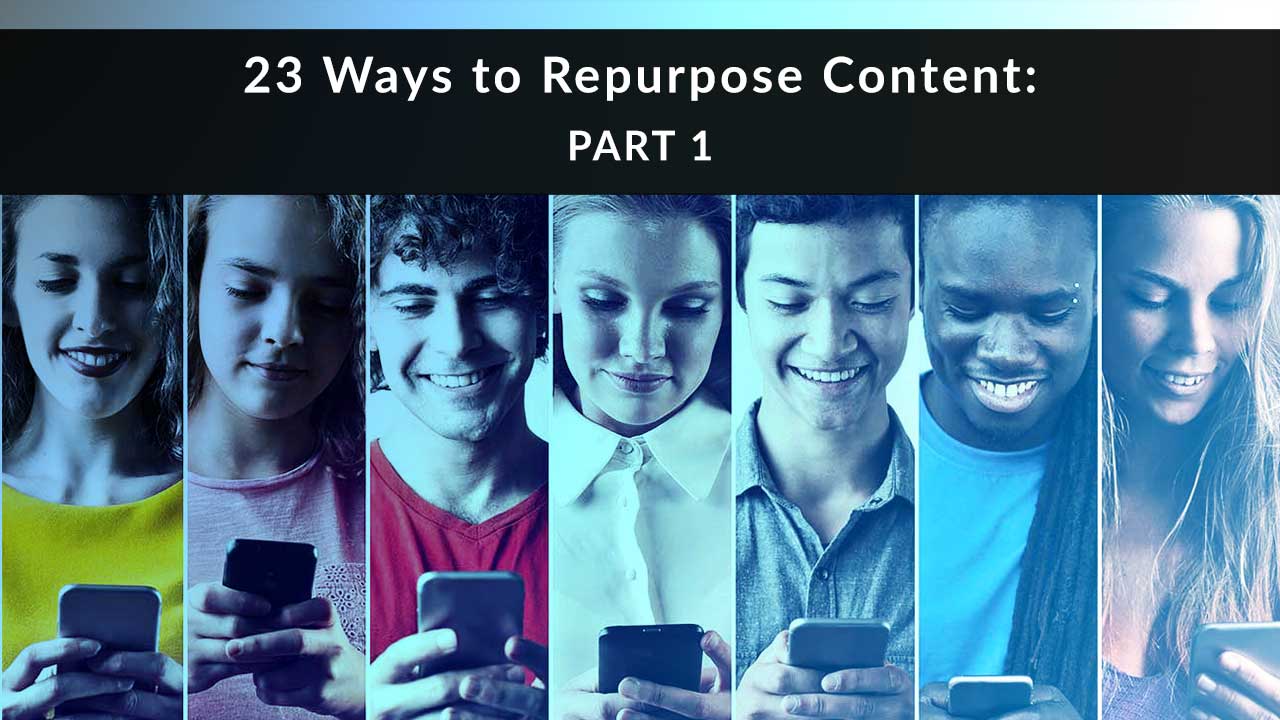
If you haven’t taken a hard look at what you’re doing to market and why, now’s a great time. It’s near the end of the year, a natural time for reflection. Consider adding a New Year’s resolution to be bolder, more creative, more open-minded, or more experimental in 2024!
